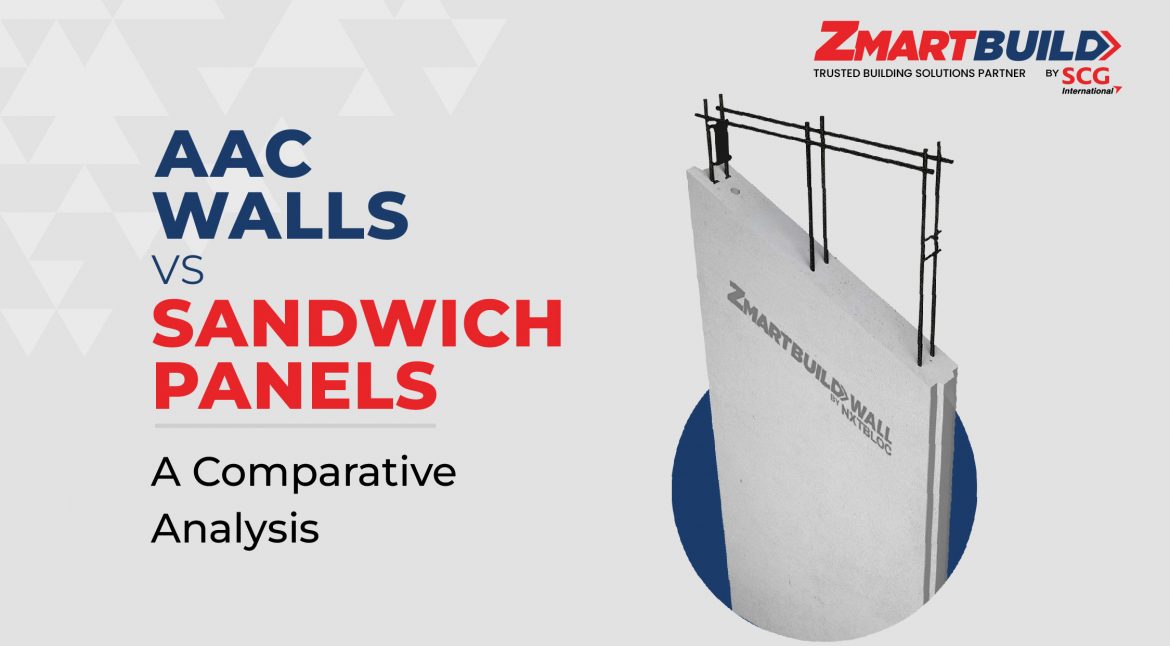Construction, the world over, remains one of the biggest drivers of the economy of every nation. It offers the most employment. The most significantly upscales the quality of life. Progresses a nation from a developing to a developed economy.
Yet, it remains slowed down due to, at present, unyielding hurdles.
-
Risking the safety and security of the workforce
-
Risking not meeting the decided timelines
-
Risking bearing additional expenses
-
Risking excess wastage
Once, these were the big bads that hindered building a lot. However, recently, thanks to the advancements in technology, we have been able to take the battle to them. Research and development have brought us the prefabricated construction.
Also known as prefab construction, such as the readymade wall, cross-laminated timber (CLT), and more, it is the building of structural components like stairs and more off-site or at a factory and only installing on-site or in the building.
These solutions have been known to be more ergonomic for the workforce, and more efficient in terms of speed, safety, savings, and sustainability. Leading them to be increasingly adopted by builders and architects.
Two names arise when dealing with prefabricated walling solutions, both, known for speed and savings of time & cost. The Autoclaved Aerated Concrete Wall (AAC Walls) and the Sandwich Panels. While both are lightweight and offer quick installation, as well as savings, the devil remains in the details. With our in-depth analysis, we bring to light which walling solution truly meets your needs.
What Are AAC Walls?
The Autoclaved Aerated Concrete Wall is one of the many prefabricated walling solutions to revolutionise construction. It is made with a special treatment of concrete, involving high-pressure steam curing of its unique blend of natural raw materials and fine aggregates such as cement, lime, water, and a small percentage of aluminium powder. The resulting Autoclaved Aerated Concrete Wall is lightweight, yet promises superior strength & durability.
Advantages of AAC Walls:
-
Is lightweight yet gives superior strength
-
Increases carpet area by taking up less space
-
Is fire resistant for up to 4 hours
-
Is steel-reinforced to provide flexural strength & durability
Disadvantages of AAC Walls:
-
Performs excellently in every area except dry & working density
What Are Sandwich Panels?
Sandwich walls are made up of three layers. Its middle layer consists of a low-density core, which also contributes to good insulation and energy efficiency. The top and the bottom are supported by thin skin layers that remain securely glued to the core. These panels feature a lightweight concrete core. They serve to provide strength to this walling solution’s structure.
Advantages of Sandwich Panels:
-
Are an energy-efficient & cost-effective solution
-
Serve as a lightweight walling solution
Disadvantages of Sandwich Panels:
-
Is susceptible to cracking due to poor material strength
-
Cannot resist water as strongly as AAC Walls
-
They require careful planning
-
Require specialised knowledge during repairs
-
Comparative Analysis:
| Specifications | Sandwich Panels | ZMARTBUILD Wall by NXTBLOC |
|---|---|---|
| Dry Density (kg/m3) | 1000 | 550 - 650 |
| Working Density (kg/m3) | 1,150 | 600 - 700 |
| Wind Load (kg/m2) | Up to 120 | Up to 180 |
| Compressive Strength (N/mm2) | >4 | >4.2 |
| Water Absorption (By Volume) | <33% | <33% |
| Fire Resistance | 2 hrs (75 mm) | 2.5 hrs for 75 mm 4 hrs for 100 mm |
| Thermal Conductivity (W/m.K) | 0.21 | 0.16 |
| STC Rating (dB) | 35 (100 mm) | 38 - 43 (100 mm) |
| Reinforce Steel Tensile Strength (N/mm2) | NA | >500 |
| Weight (kg/m2) | 54 (75 mm) | 53 for 75 mm 70 for 100 mm |



